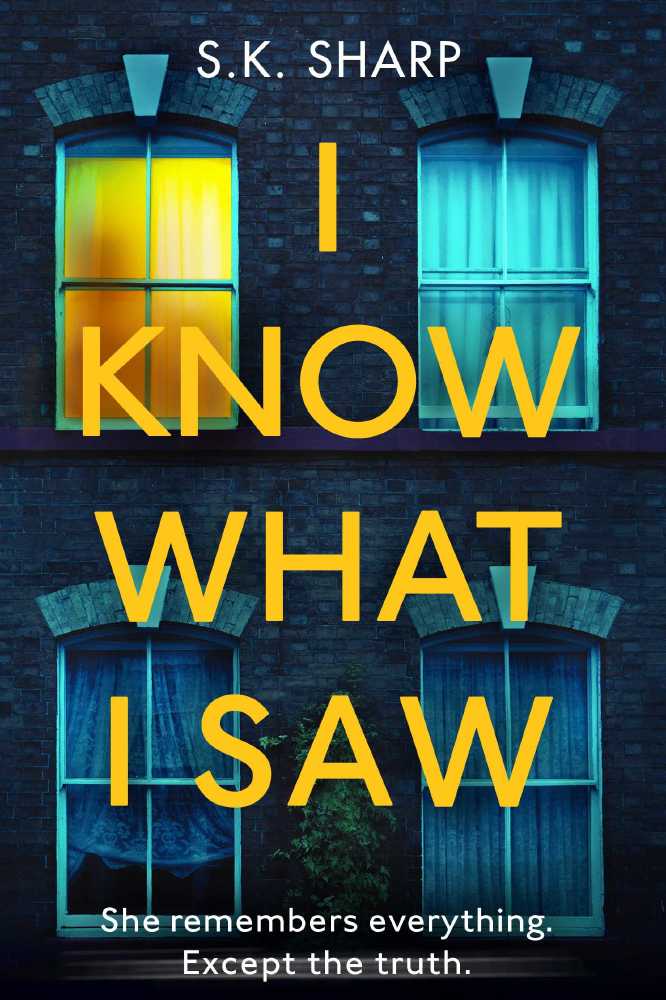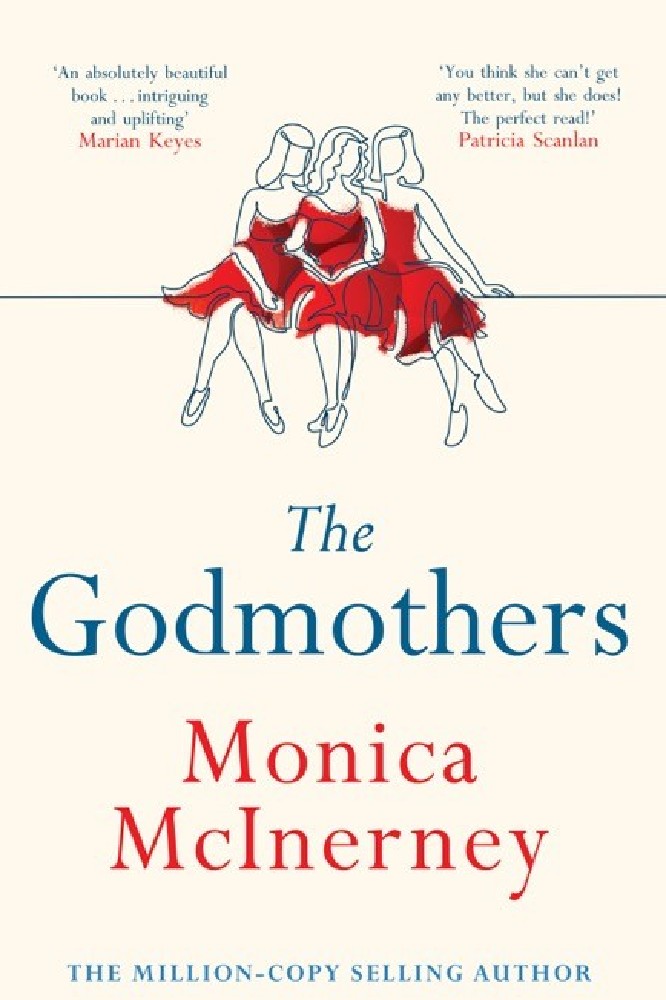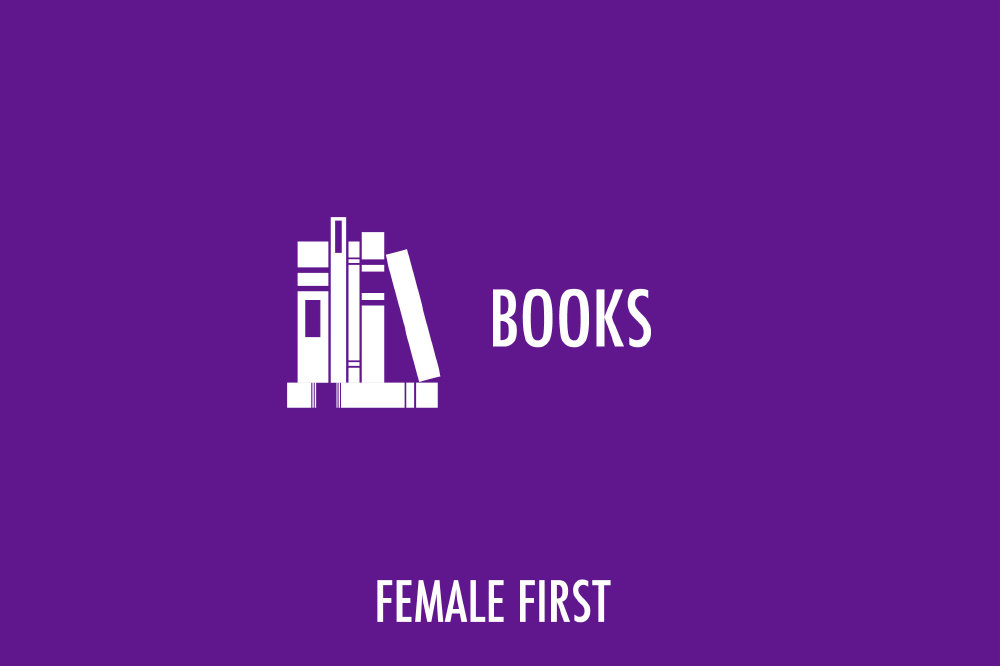“Contemporary Fiction is easier than Science Fiction, right? I mean, with Science Fiction, you have to make up an entire world.”

I Know What I Saw
My novel I Know What I Saw (Arrow, 28th January) is the story of Nicky, a woman with a perfect memory, re-living her teenage years in a quest to solve a thirty-year-old murder. The story I wrote before that, From Darkest Skies, under a different pen-name, was the story of Keon, a man living on an alien world who re-creates his dead partner, as an artificial intelligence in order to help him solve her murder.
Similar stories? They both start with a body, and centre around a search for the truth, after all. They both have protagonists searching for the truth about someone they love. Nicky and Keon are both compelled, in their different ways, by an inability to move on. In both cases, it’s memories of the past that hold them back: Nicky by her hyperthymesia which means she can’t forget, Keon by his walking, talking, thinking monument to the past. Both stories are about secrets and discovering that people you think you know aren’t quite who they seem.
Keon is a government agent, living in a futuristic surveillance society. He has a team of fellow agents and all the resources of the state at his beck and call. He needs all the help he can get because his partner was entangled in a sprawling multi-world conspiracy of politics, artificial intelligences, experiments into psychic powers, a cultish religion and possibly aliens. Nicky has her friend Kat, a bottle of Chardonnay, a cat called Chairman Mao, and an encyclopaedic knowledge of eighties music. Her story sprawls across precisely three households: her own, the one next door, and the one across the road.
Still sound similar? Probably not so much; and here’s where writing science fiction and writing a contemporary murder mystery becomes fundamentally different: it’s not to do with character or even plot, it’s rooted in the world where the story unfolds. To make Keon’s story work, his entire world was designed to be one in which secrets are almost impossible, and yet at the same time have a mystery at the centre of it that simply can’t be solved. Writing science fiction lets you do that: create exactly the right world to make a story work. In science fiction, the world is shaped around the story, tailored to it as precisely as can be.
Contemporary fiction isn’t like that. Nicky’s world is familiar. We know how it works because we live in it ourselves. The world can’t change, and so character and story become shaped around the world instead. It’s a lot of work, building a whole new world from scratch; but it’s a lot of work, too, to live by the constraints of a world where you can’t change the rules on a whim. So no, my anonymous friend, I don’t think it is easier. I don’t think it’s harder, either. But it is different.

RELATED: 21 years as an author by Monica McInerney, author of The Godmothers
2021 marks Australian-born, Dublin-based Monica McInerney’s 21st year as a published author. She offers 21 memories and observations on her writing career, as her 13th book, THE GODMOTHERS, is released... to read more click HERE


